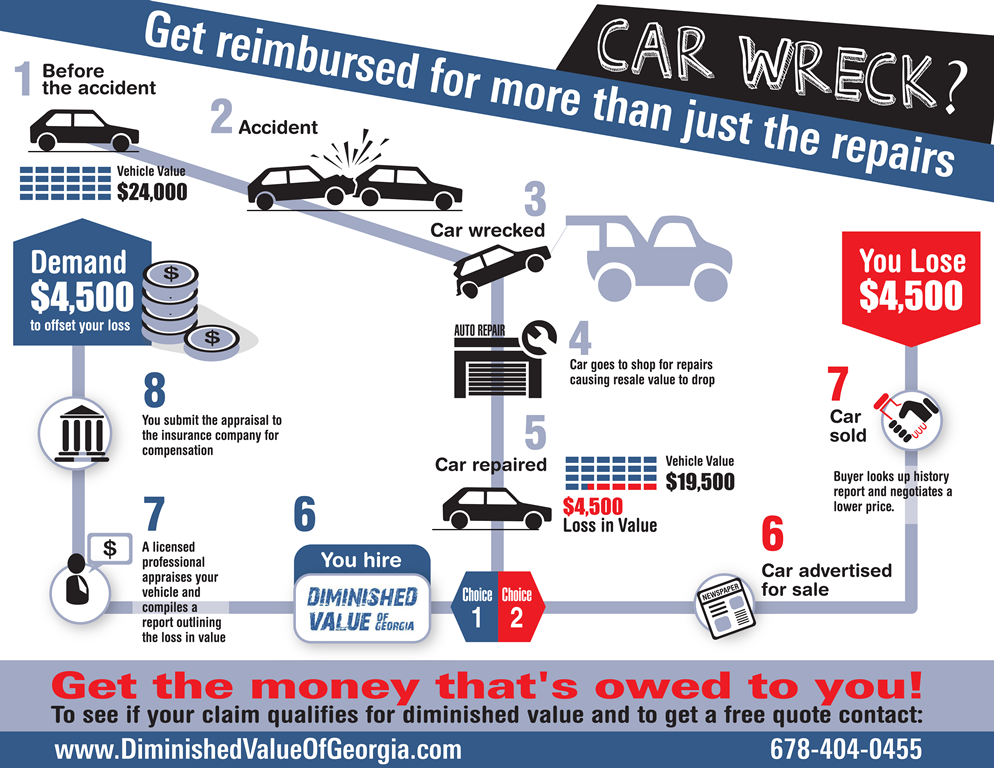Wondering About The Significance Behind Those Control Panel Caution Lights? Gain Understandings Right Into Their Ramifications For Your Car'S Safety And Security And Maintenance
Wondering About The Significance Behind Those Control Panel Caution Lights? Gain Understandings Right Into Their Ramifications For Your Car'S Safety And Security And Maintenance
Blog Article
boat cleaning auckland By-Samuelsen Stark
When you're behind the wheel, those glowing warning lights on your control panel can be a bit perplexing. Do you understand what they're attempting to inform you concerning your vehicle's wellness? Understanding detailing car of these lights is vital for your safety and security and the longevity of your automobile. So, the next time among those lights pops up, wouldn't you want to understand its message properly and take the essential actions to resolve it?
Common Caution Lighting and Interpretations
Identify usual caution lights in your automobile and recognize their definitions to make sure secure driving.
One of the most regular caution lights consist of the check engine light, which signals concerns with the engine or emissions system. If this light begins, it's crucial to have your car checked immediately.
The oil pressure warning light suggests reduced oil pressure, requiring immediate attention to avoid engine damages.
A blinking battery light might recommend a malfunctioning charging system, possibly leaving you stranded if not dealt with.
The tire pressure surveillance system (TPMS) light informs you to low tire pressure, affecting lorry stability and gas performance. Neglecting this might cause harmful driving problems.
The ABS light indicates a trouble with the anti-lock stopping system, endangering your capability to quit quickly in emergency situations.
Lastly, the coolant temperature level warning light warns of engine getting too hot, which can lead to extreme damages otherwise settled promptly.
Understanding these common warning lights will certainly assist you resolve issues without delay and preserve safe driving problems.
Importance of Prompt Focus
Understanding the usual caution lights in your automobile is just the first step; the importance of immediately attending to these warnings can't be emphasized sufficient to ensure your safety and security when traveling.
When a warning light illuminates on your control panel, it's your vehicle's means of connecting a prospective concern that requires interest. Ignoring these warnings can bring about more severe problems in the future, endangering your safety and security and potentially costing you much more out of commission.
Prompt interest to warning lights can avoid malfunctions and accidents. For example, a blinking check engine light might indicate a misfire that, if left unattended, could create damage to the catalytic converter. Resolving this promptly can conserve you from a pricey repair work.
Likewise, a brake system cautioning light might signify reduced brake fluid or used brake pads, crucial parts for your safety when driving.
Do It Yourself Troubleshooting Tips
If you notice a warning light on your dashboard, there are a few DIY fixing ideas you can attempt prior to looking for expert help.
The initial step is to consult your car's handbook to comprehend what the details caution light indicates. Occasionally the problem can be as straightforward as a loosened gas cap triggering the check engine light. Tightening the gas cap may solve the issue.
An additional usual issue is a reduced battery, which can trigger various advising lights. Examining the battery connections for rust and ensuring they're safe might take care of the trouble.
If a caution light persists, you can try resetting it by separating the auto's battery for a couple of mins and then reconnecting it. Additionally, examining your vehicle's liquid levels, such as oil, coolant, and brake liquid, can aid repair cautioning lights associated with these systems.
Conclusion
Finally, comprehending your car's warning lights is vital for maintaining your car running efficiently and safely. By promptly resolving these notifies and understanding what they mean, you can avoid pricey repair services and potential breakdowns.
Keep in mind to consult your cars and truck's guidebook for particular information on each cautioning light and act as necessary to make certain a trouble-free driving experience.
Stay educated, remain secure when driving!
